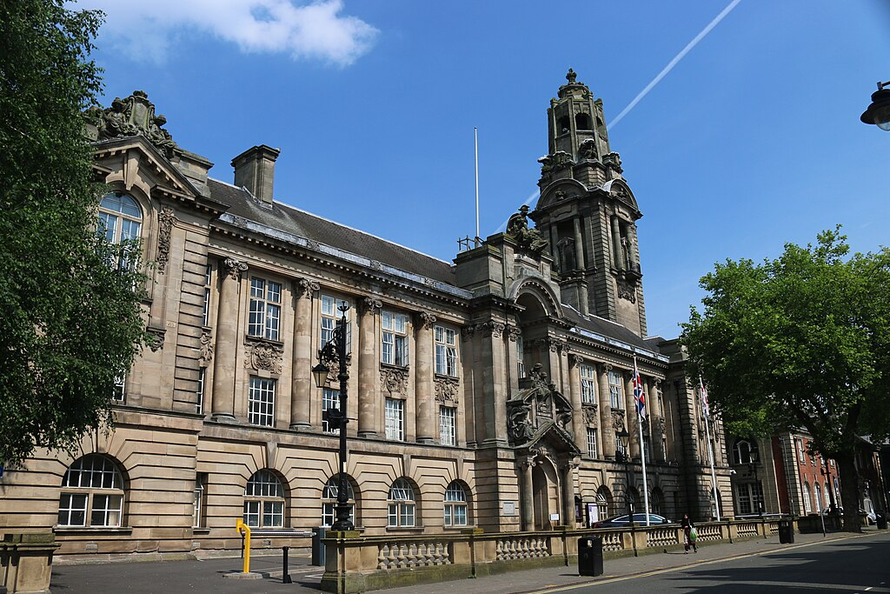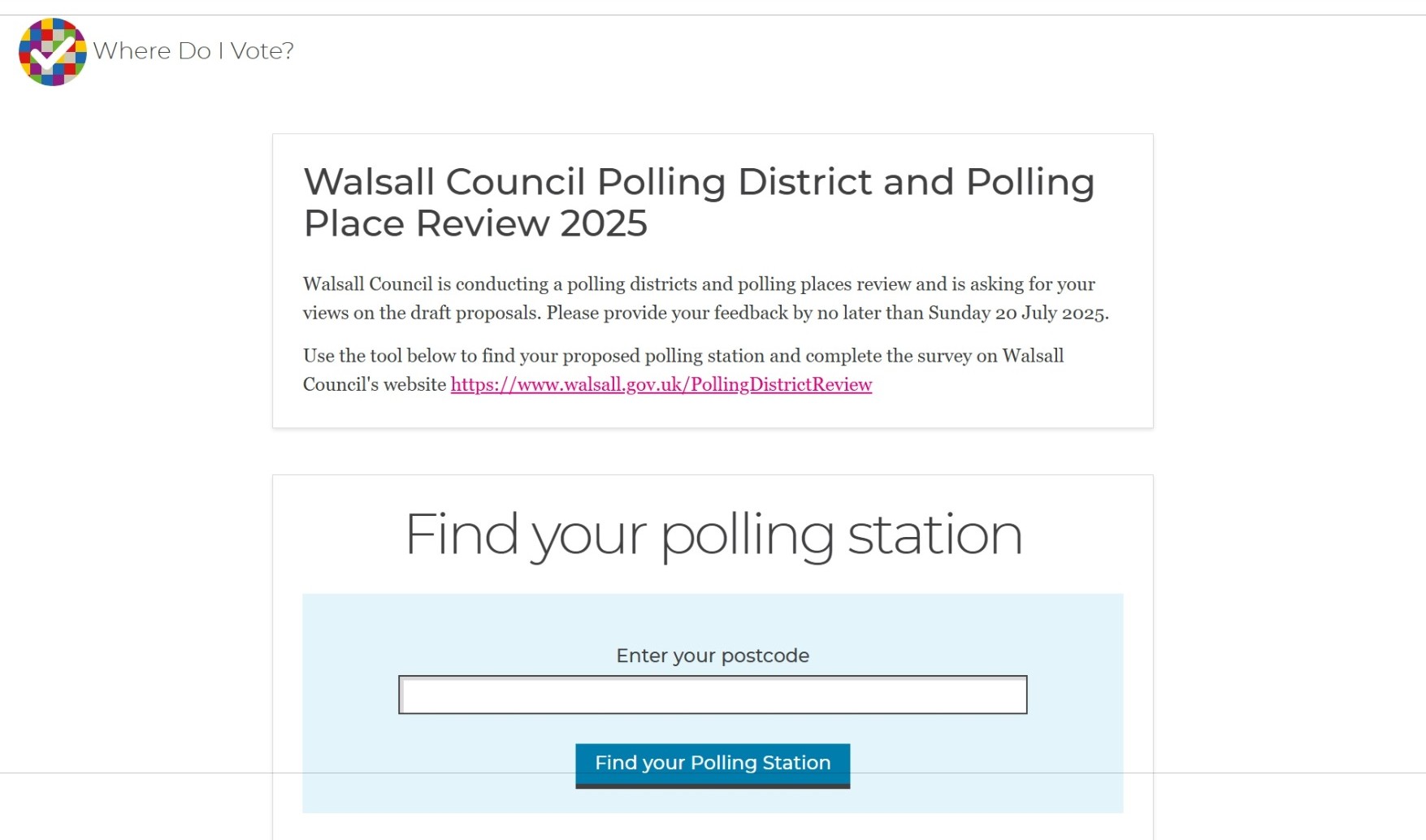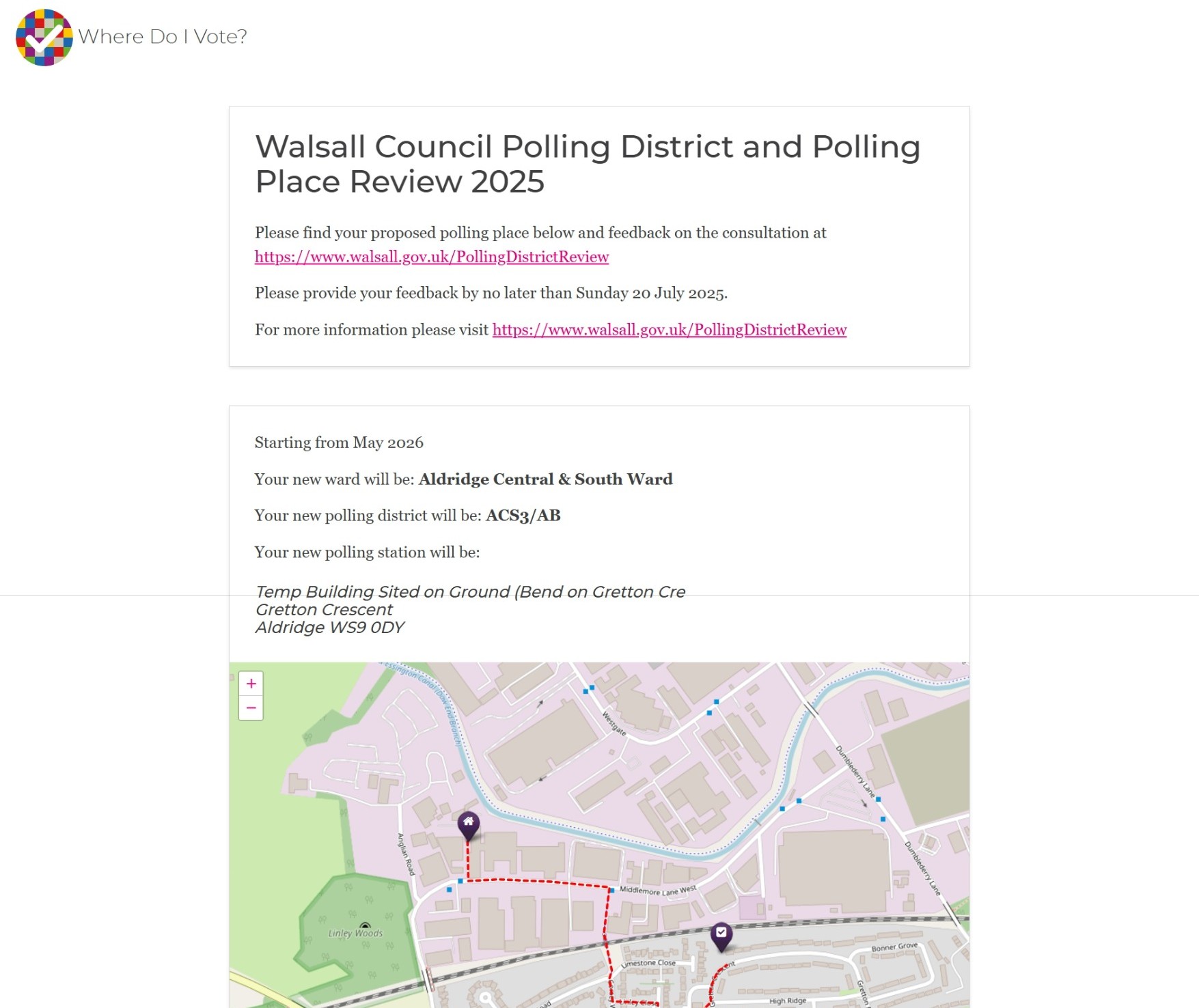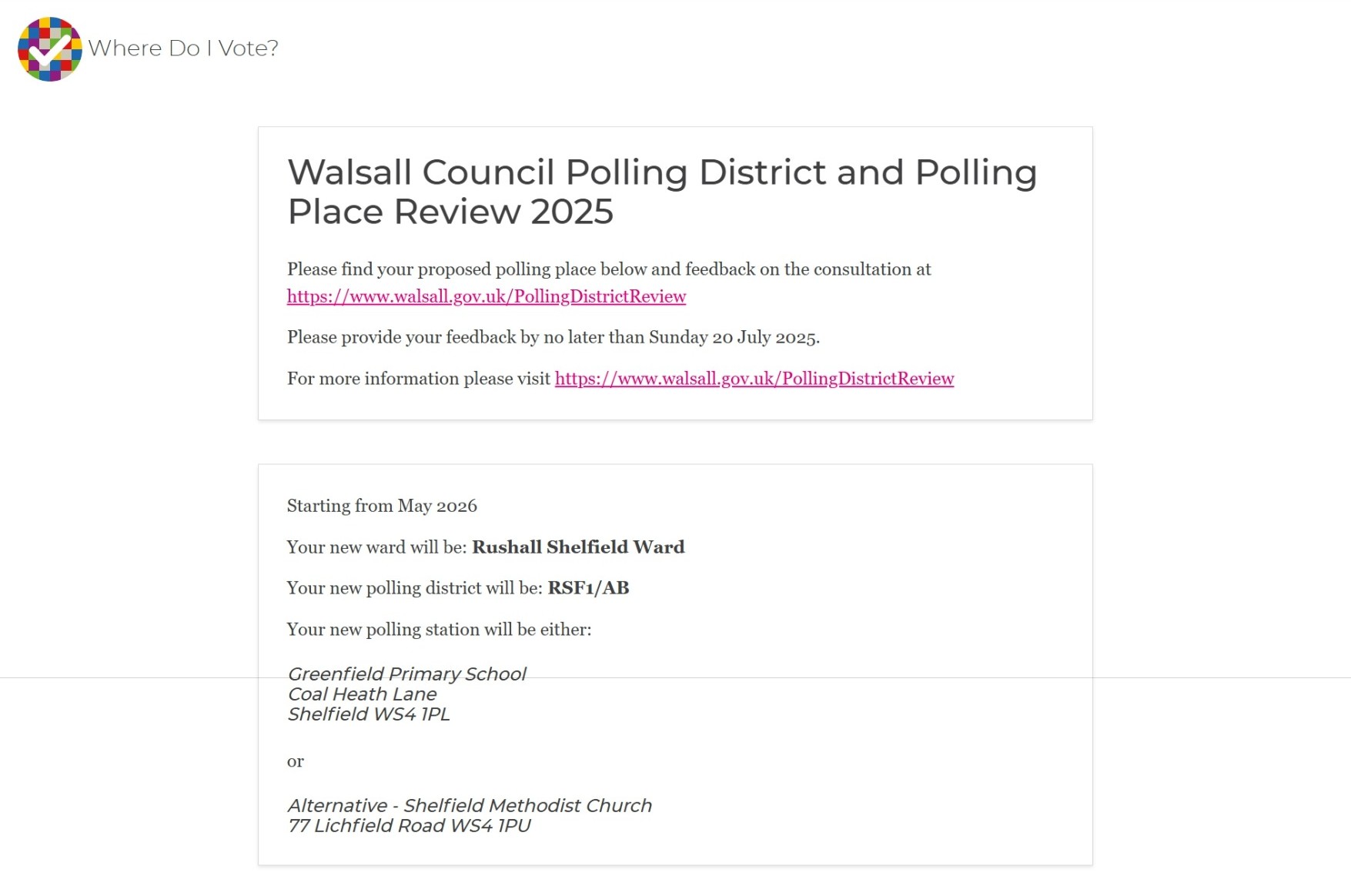How we helped Walsall with their polling district review

Three months ago, Walsall Electoral Services got in touch with an interesting request. The council had recently undergone a boundary review, and they were preparing to conduct a polling district and polling place review to align these with their new wards. Each council’s ward boundaries are adjusted approximately once a decade, to take account of changes in population.
Walsall approached us because they were looking for a user-friendly way to inform people about the proposed changes, and suggested that our polling station finder might be able to help. This blog explains what we did and how it went - and considers whether we should do it again.
What is a polling district review?
Reviews of polling districts and places are the mechanism by which councils in England, Scotland and Wales can change the shape or location of their polling districts, polling places, and polling stations. Councils are required to conduct a review at least once every five years, and will also need to do one following local government boundary changes, or for other local reasons.
The principle behind a review is fairly simple, although the work involved for the council is anything but. First the council reviews its current buildings, collects and maps relevant electoral and population data (including estimated future changes in population), and conducts suitability audits on all current and potential buildings. This is then used to create a list of proposed of alterations to polling arrangements, which forms the basis for the public consultation. While the consultation is compulsory, how it is run is largely down to the individual council. The process typically involves producing maps and plans of the proposals and then gathering responses via a questionnaire., the responses to which are then used to inform the final revision.
Walsall’s request
As this was a large and important boundary change, Walsall was planning a bigger than usual communications campaign to promote the consultation. With this in mind, they wanted the process to be as user-friendly as possible:
“Due to the significant changes in ward boundaries, traditional ward maps may not be as effective where electors will be voting in a different ward – as they may not be aware of the ward change. Ideally, electors would benefit from a polling station lookup tool to help them easily identify the location of their proposed polling station under the review.”
We agreed that this was an ideal use-case for our polling station finder.
What we did
What Walsall wanted was a postcode lookup which would tell the user their new ward, their new polling district, and the proposed location of their new polling station. It should also link to the consultation questionnaire. In a couple of cases, there was more than one proposed station, and we would need to present both options.
With a short timescale we were only able to deliver a very basic product, but it was nevertheless able to do almost everything Walsall asked for. This was hosted on WhereDoIVote.co.uk, but was only accessible via a unique link we provided to the council.

Walsall were able to provide us with all the mapping data we needed to run the lookup, although in a different format to that which we usually use to run the polling station finder for an election. The practical result of this was that we served the “we don’t know” page in substantially fewer cases than we would normally, but it also introduced a new and exciting variety of minor bugs and errors.

The main issue with the final product was that we were unable to embed the feedback form on the page itself, meaning that users had to access it via an external link. This probably reduced the number of submissions we would have otherwise got.

The result
Walsall promoted the lookup in both digital and physical media, including an advert in the council print newsletter sent to 60,000 addresses. Approximately 1,000 people accessed the lookup, of whom 700 entered their postcode. By the end of the consultation, Walsall had 106 responses, with at least one submission for each polling district.
Is 106 a big number? Anecdotally it seems the answer is yes. Walsall electoral services were certainly delighted with it! A quick search for the reviews for other areas returned none with a three-digit response figure, and a handful with fewer than 10.
One reason for the high number of results in our case was certainly the drastic changes brought about by the boundary review. Nevertheless, we think our lookup - and the council’s widespread promotion of it - considerably added to the number of consultation replies received.
Could we do it again?
It would be fairly straightforward for us to run this project again. However, a lot would need to be done to improve the process, especially if we wanted to do it for multiple councils simultaneously, as no two consultations would be exactly alike.
There are also a number of quality improvements we could make to increase the number of consultation responses - most obviously, embedding the feedback form within the website itself. We could also consider promoting the consultation to all users of our services, not simply those who used the specific link provided by the council.
Should we do it again?
This question is trickier to answer. This work was not funded, but in the future we would need to charge something to run it. While dozens of polling district reviews occur each year, it’s unclear to us how many of these would want an interactive lookup; a routine, statutory review without any associated ward changes would probably not be given the promotional budget Walsall’s was. We’ll be doing some more research into this over the coming months; if you work for a council and think you could feed into this, please do get in touch, especially if you have recently run a polling district and place review.